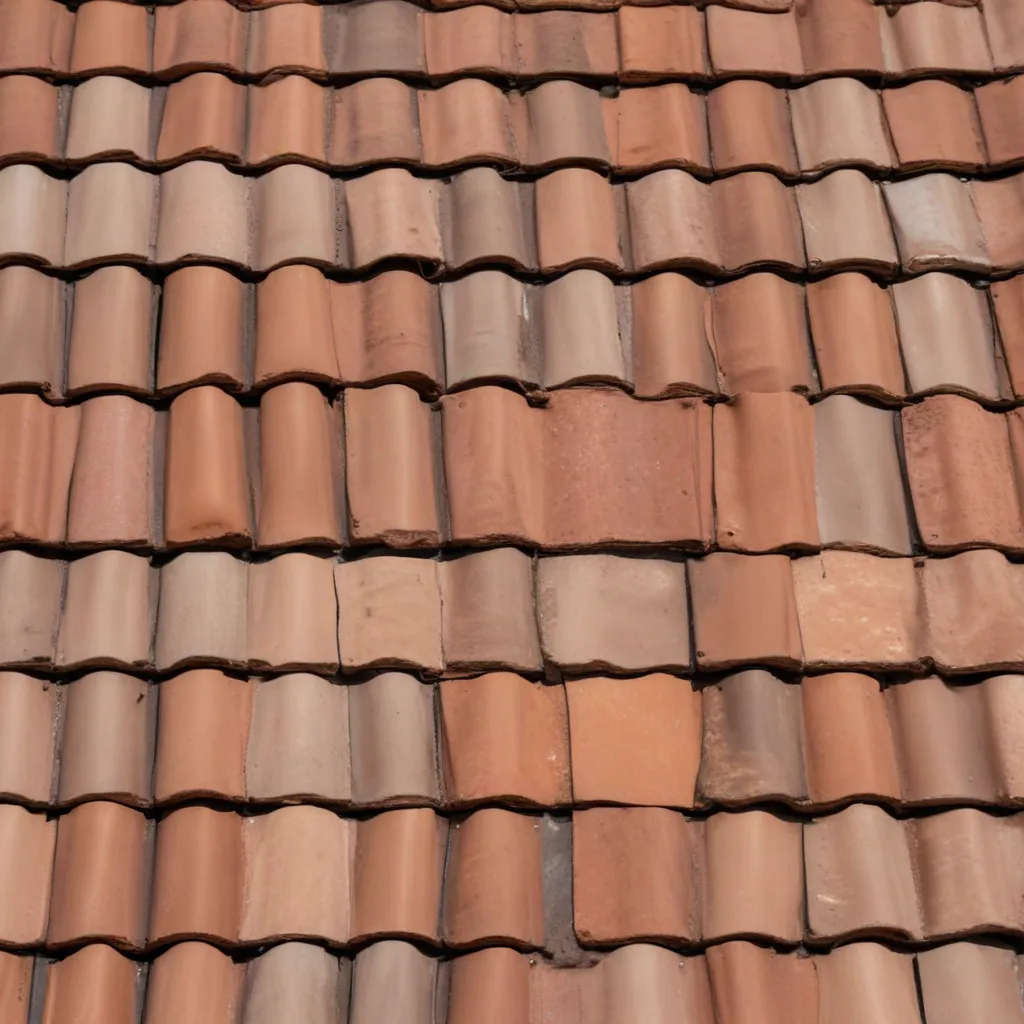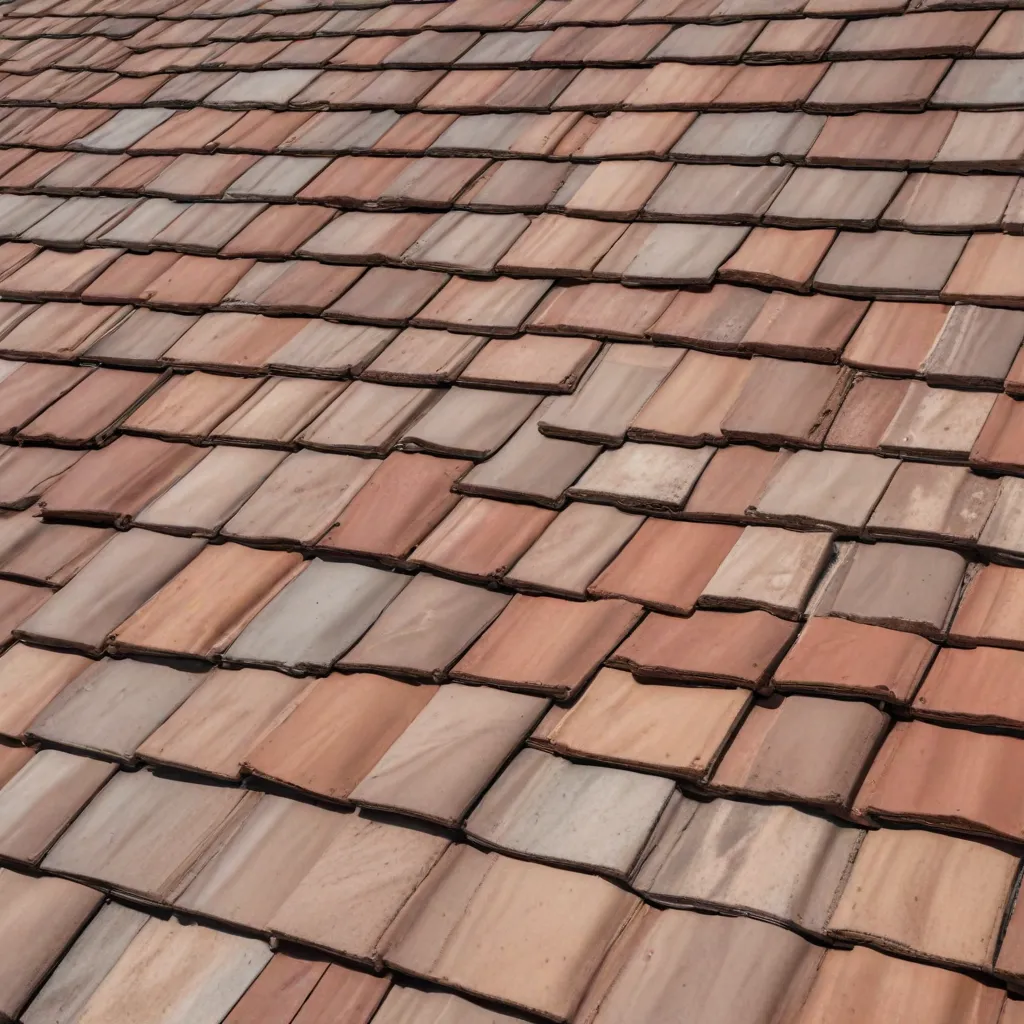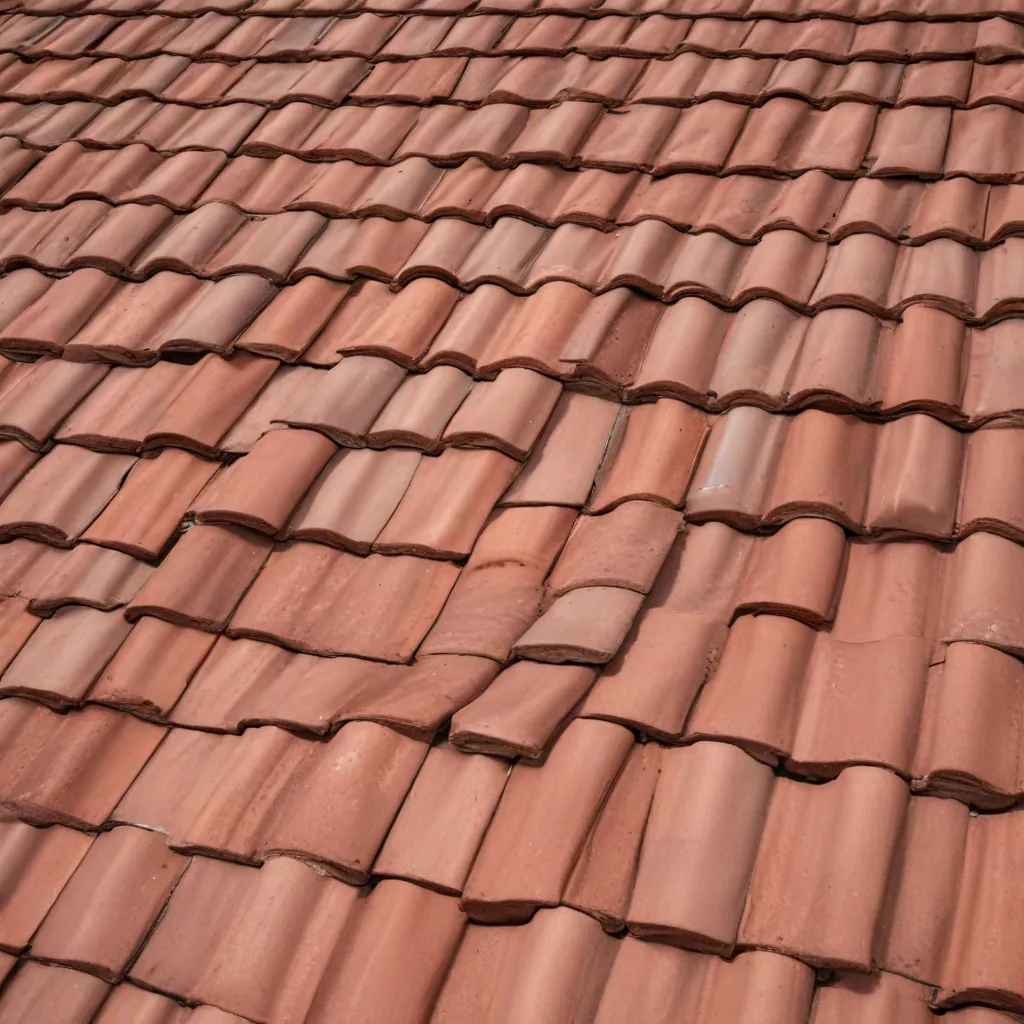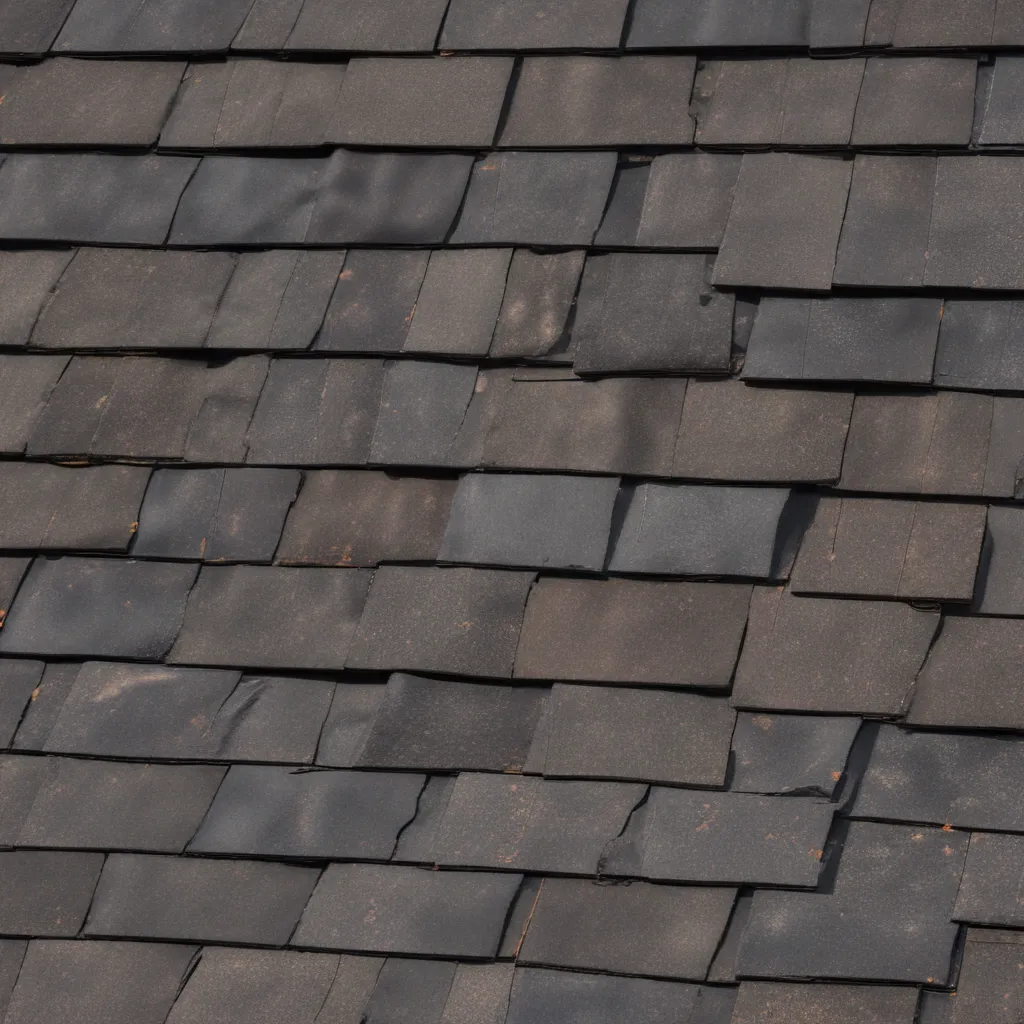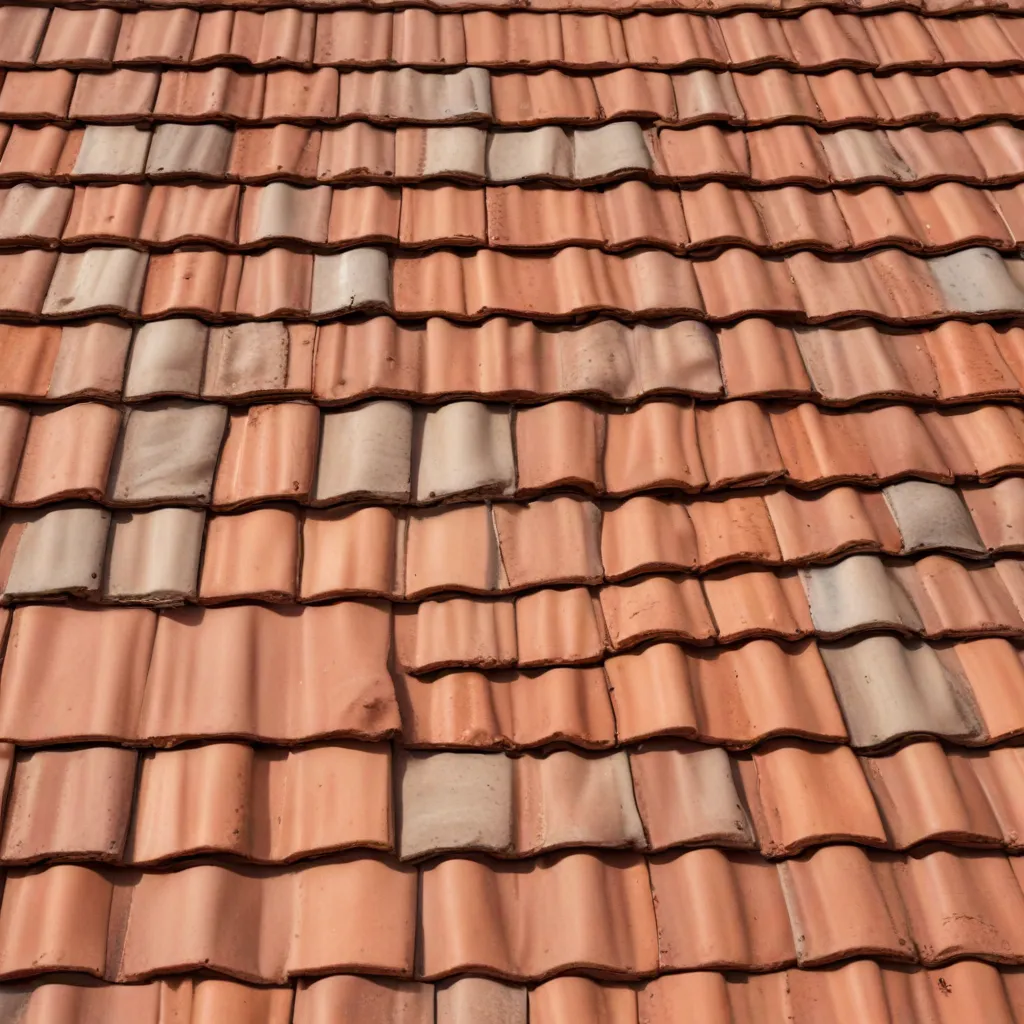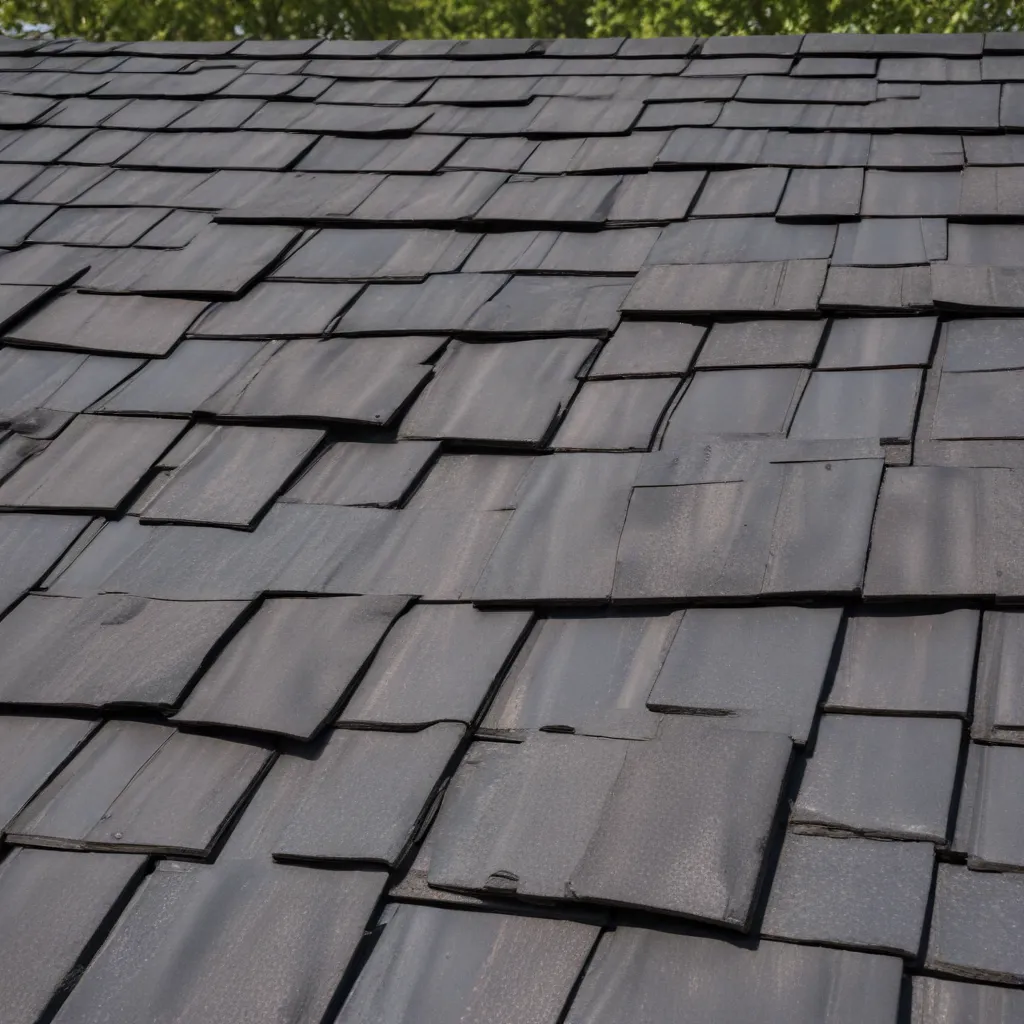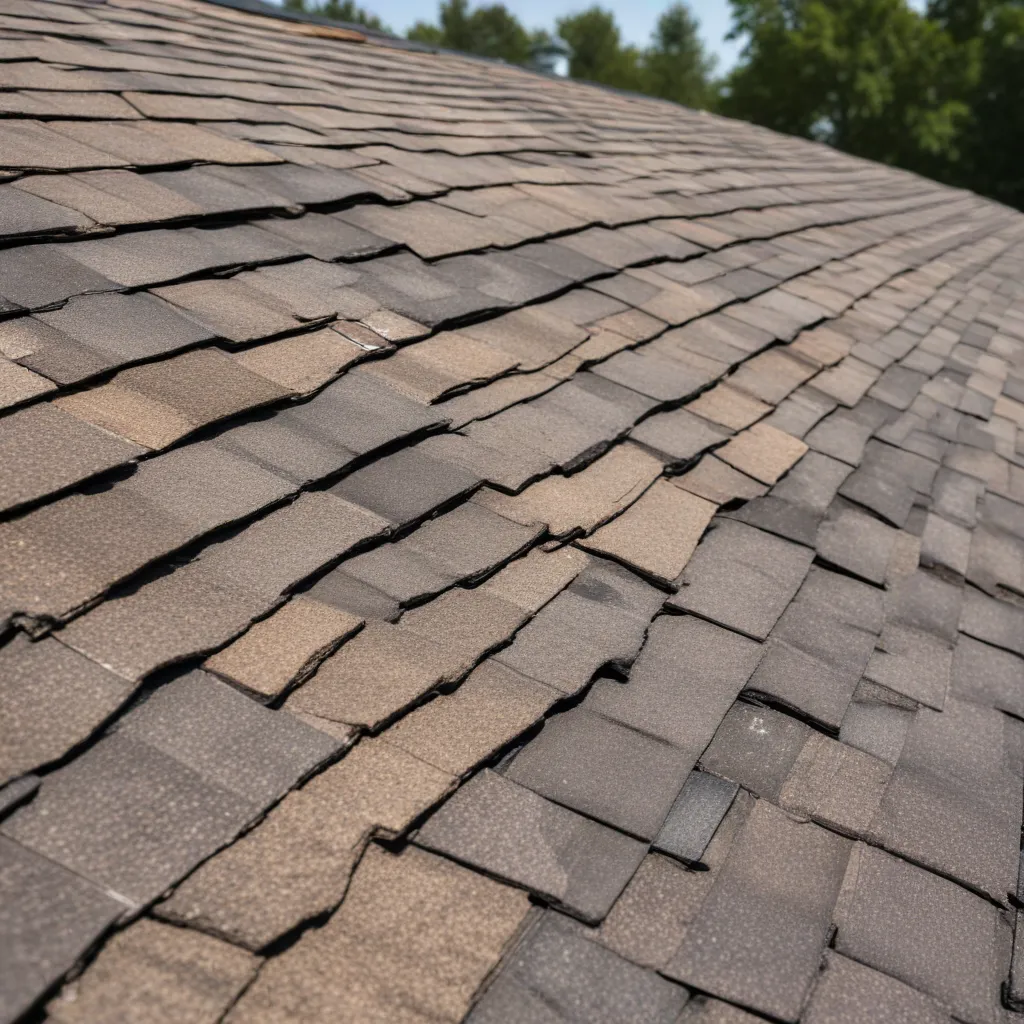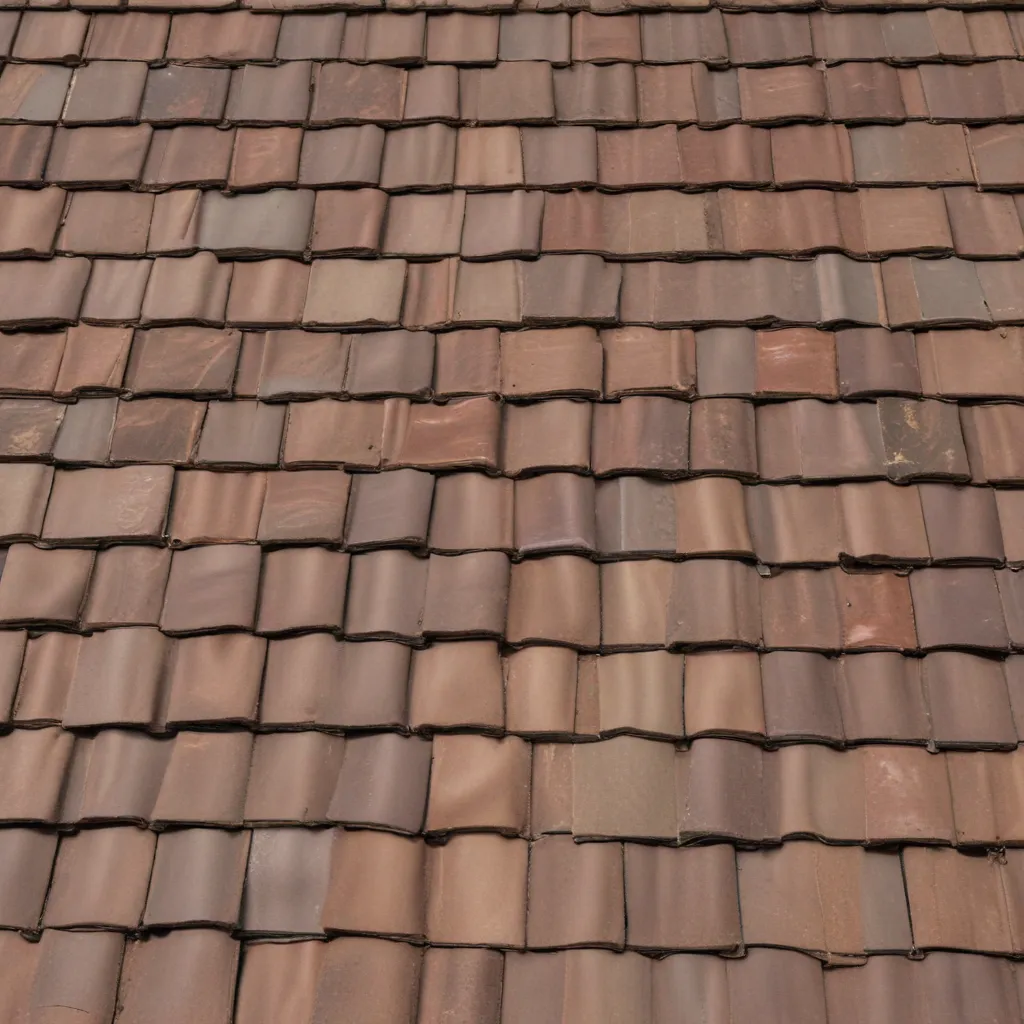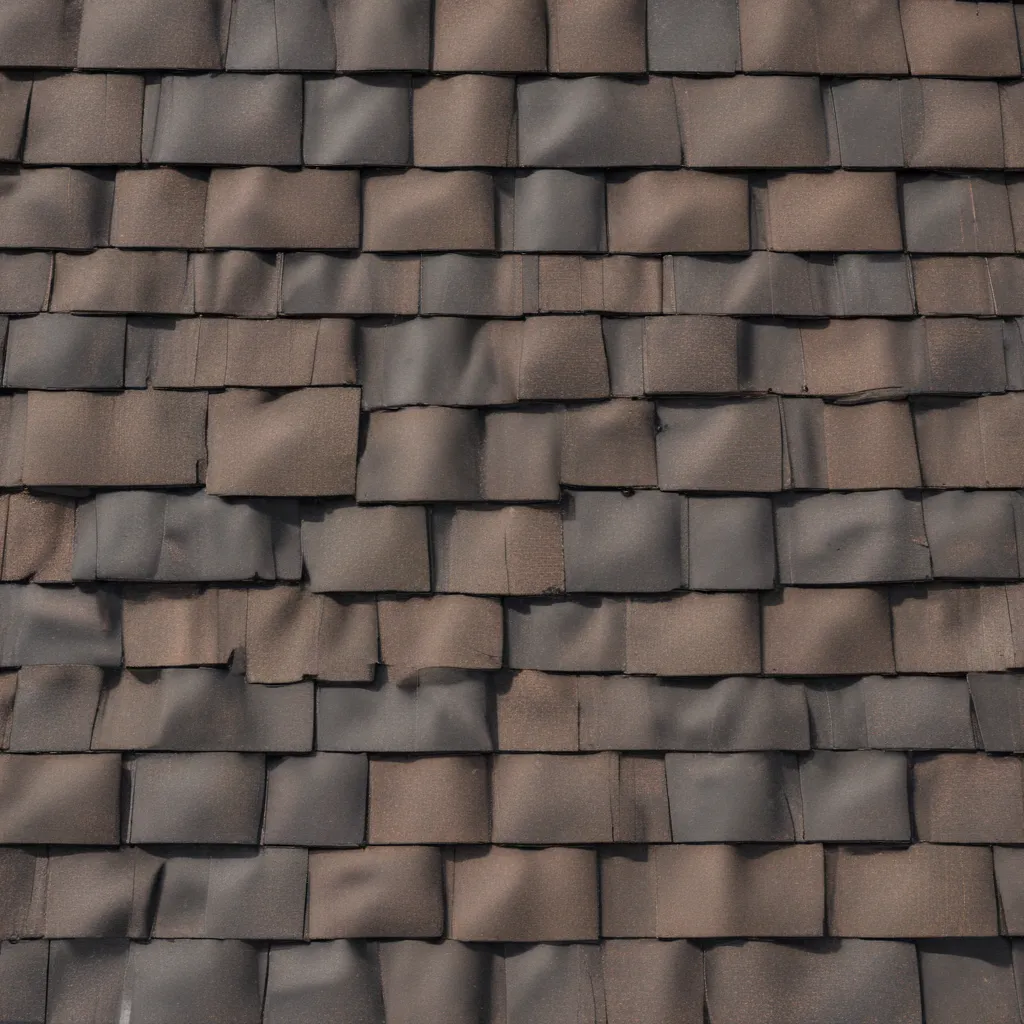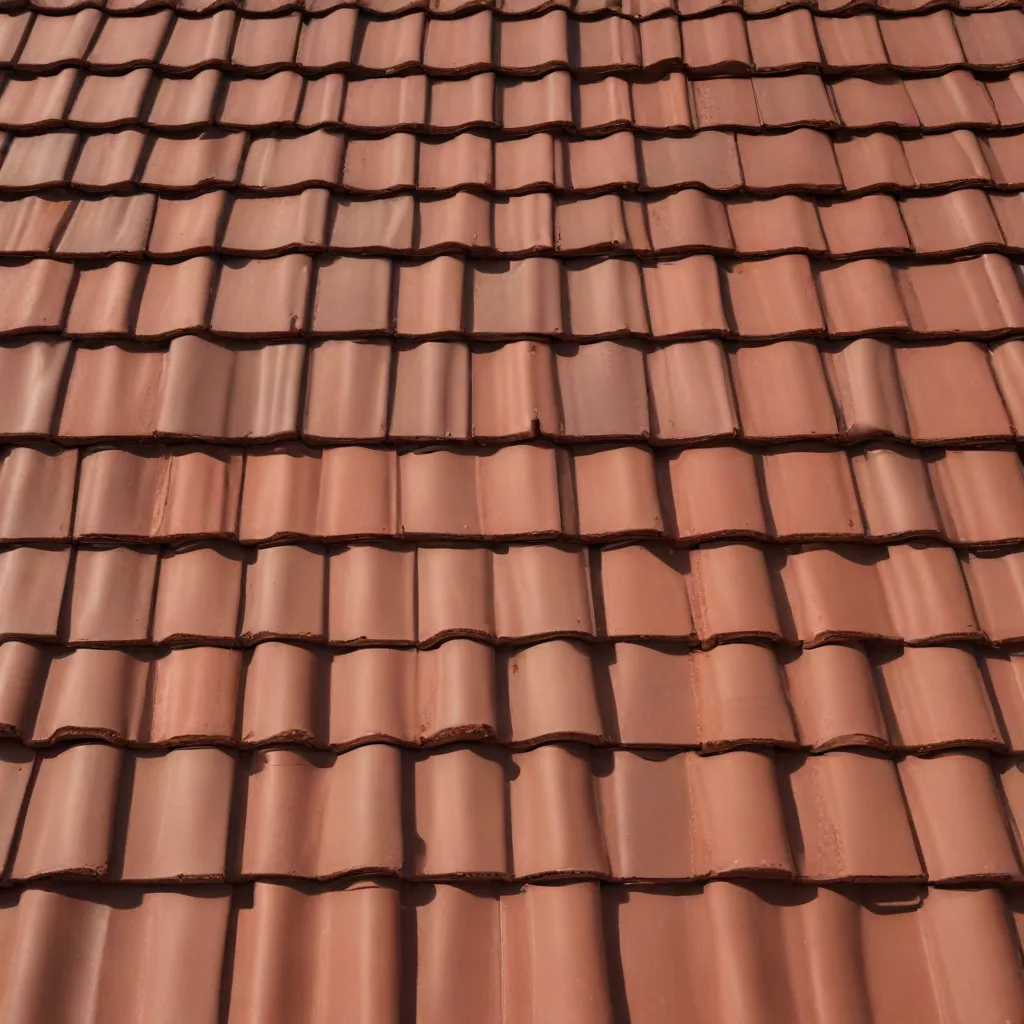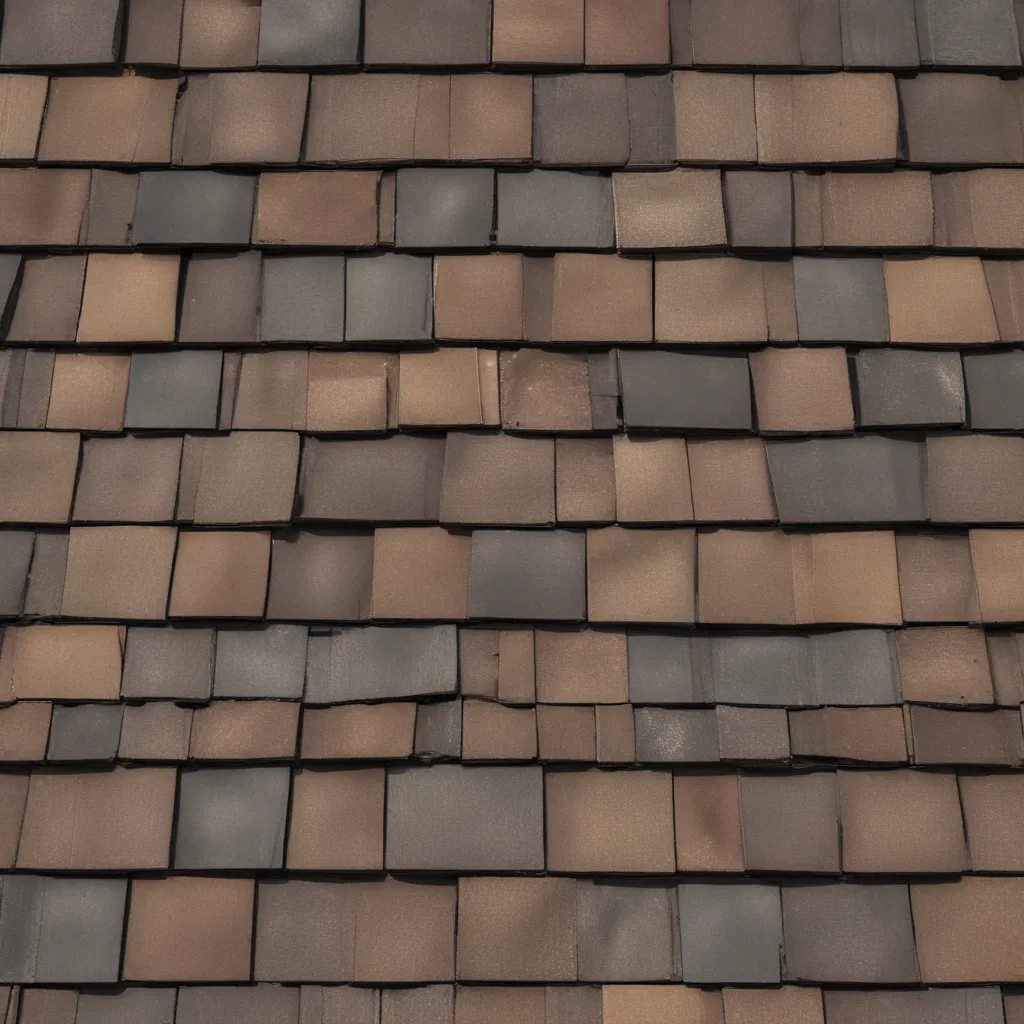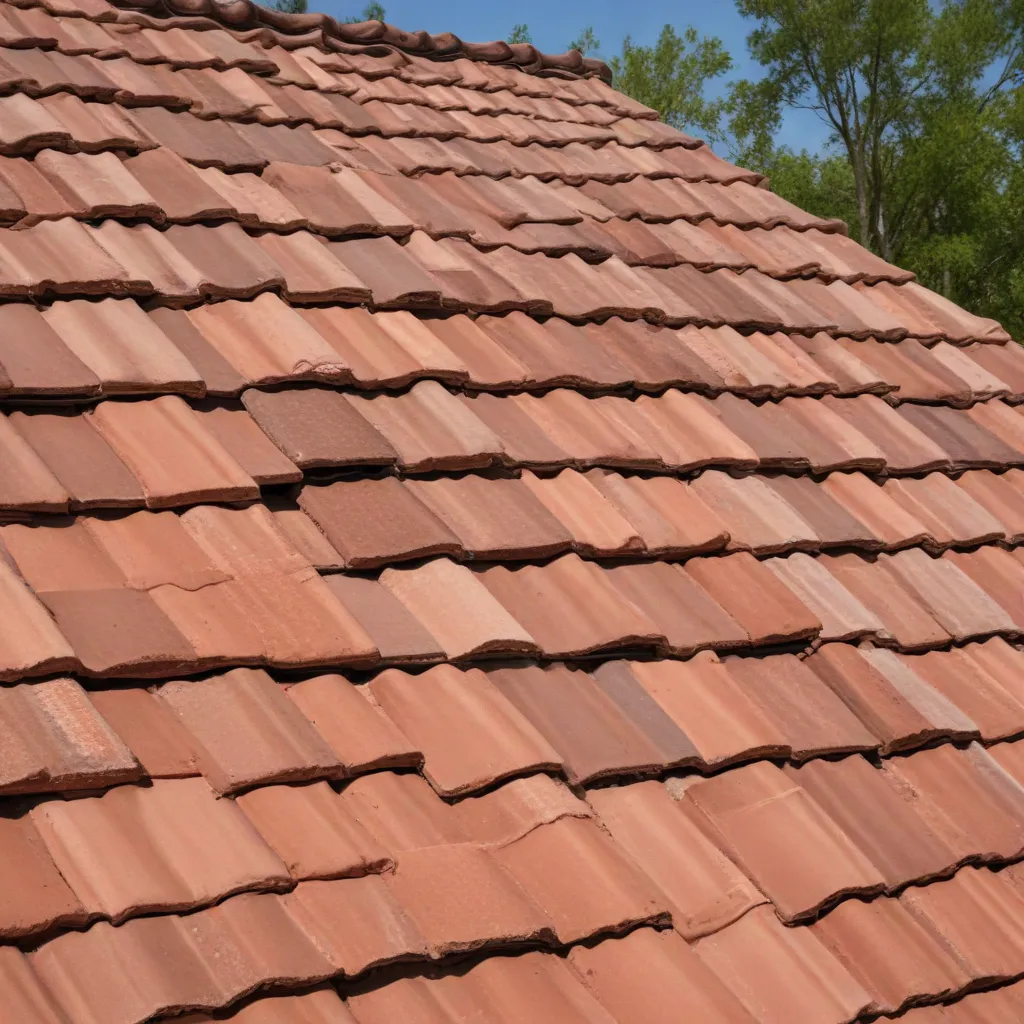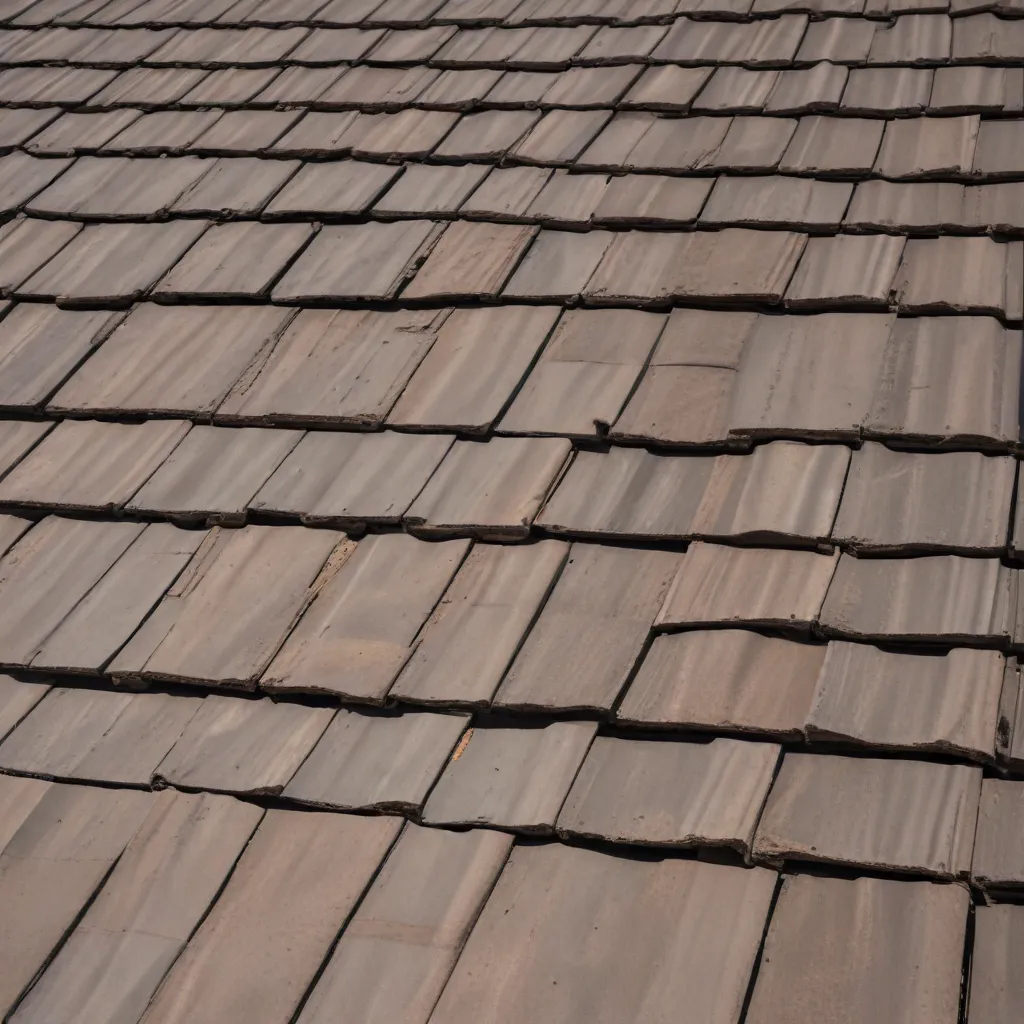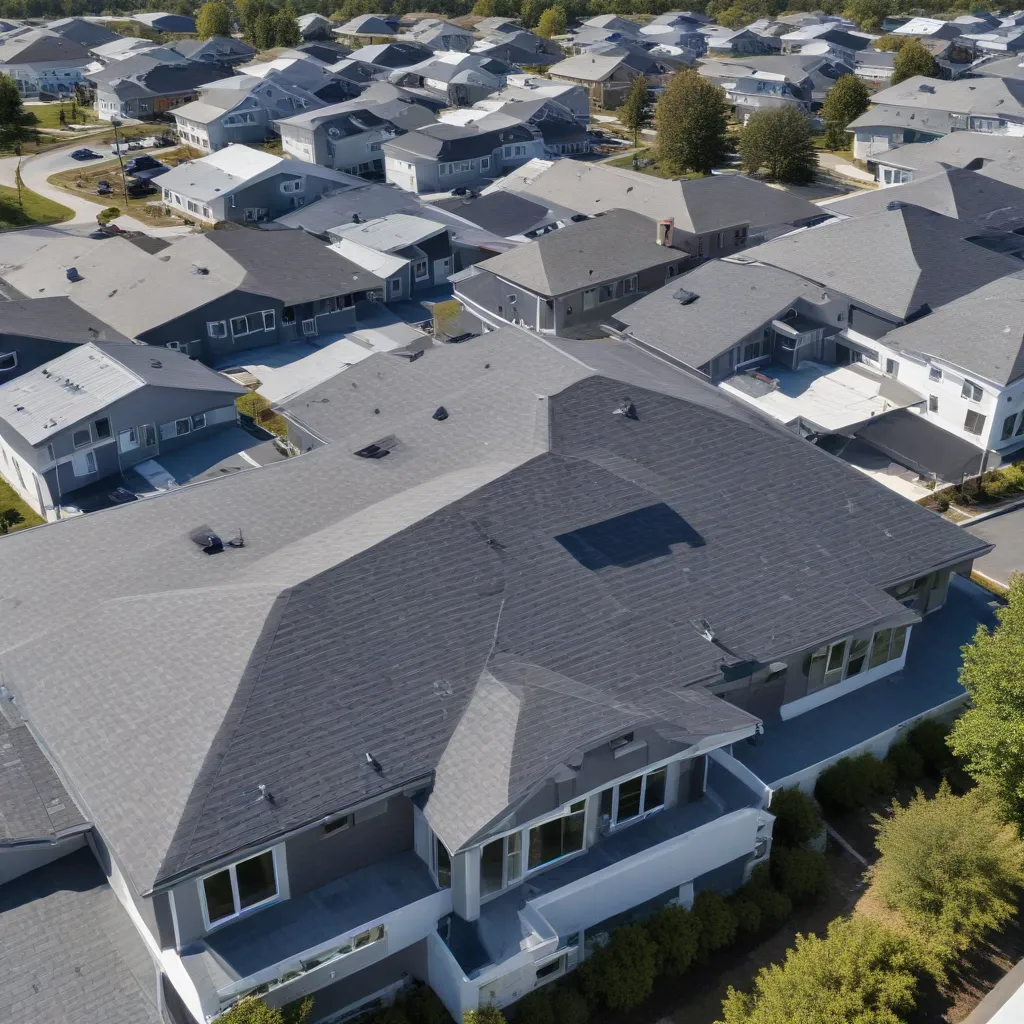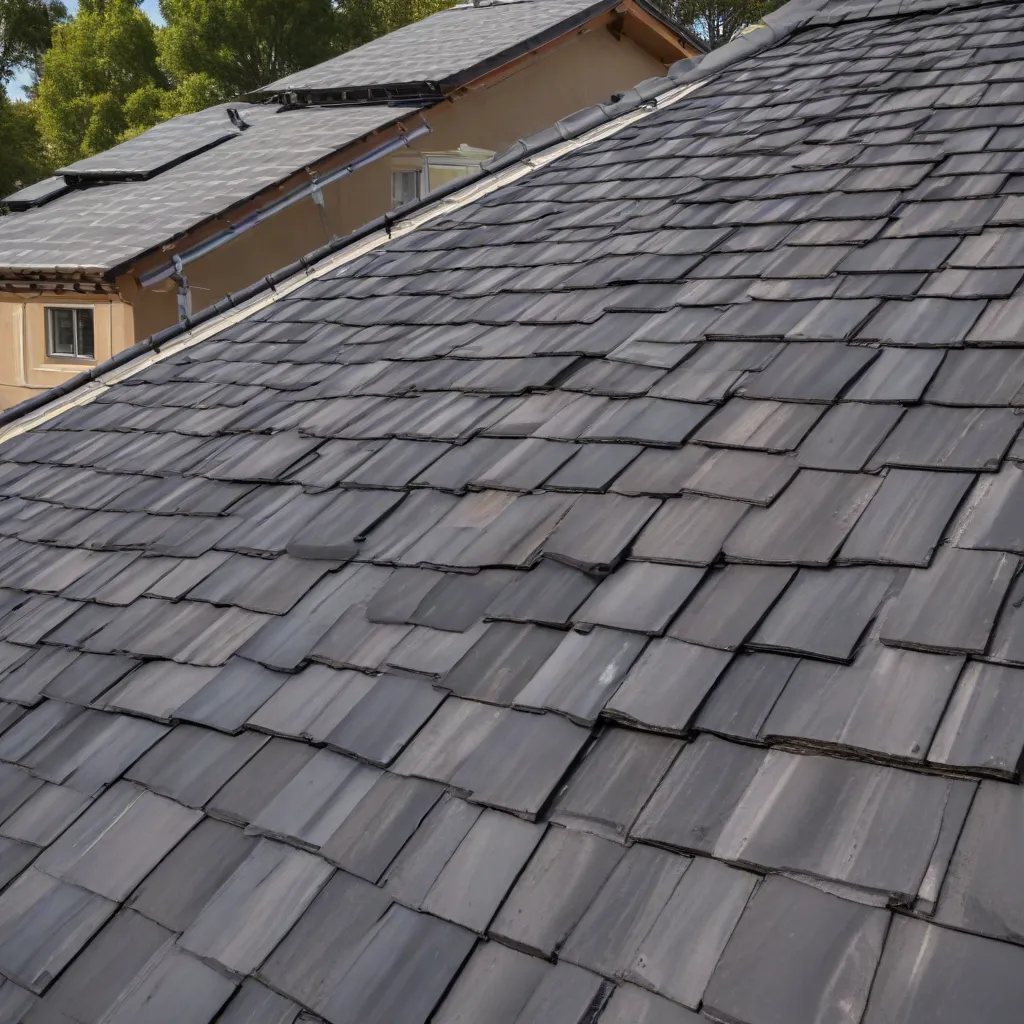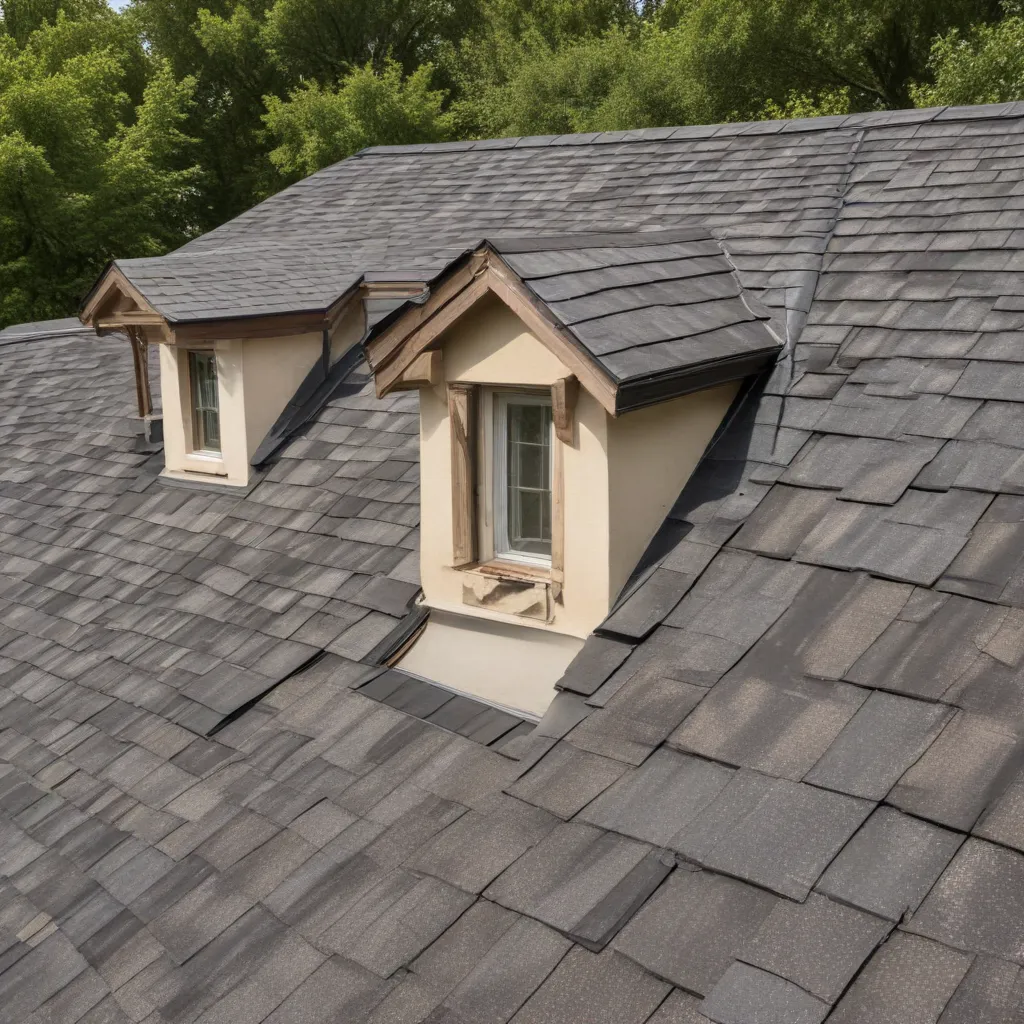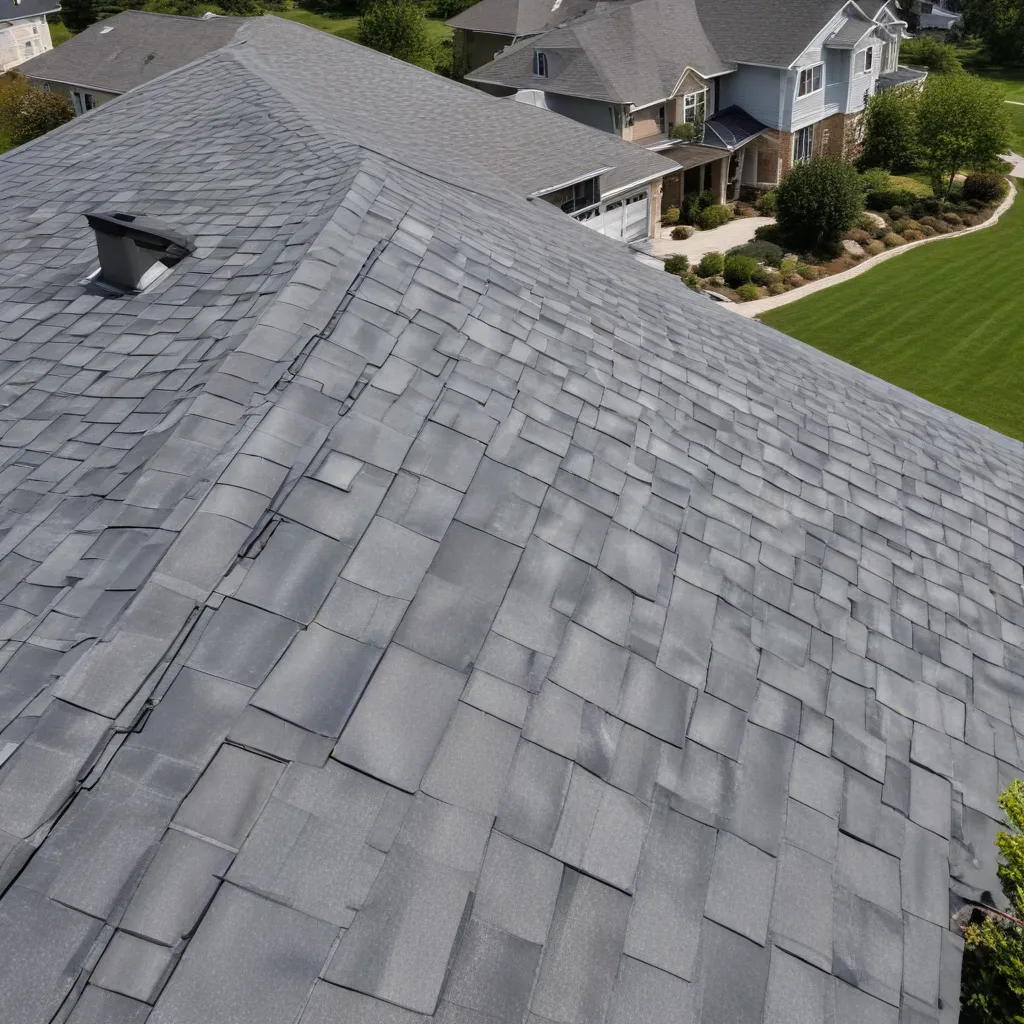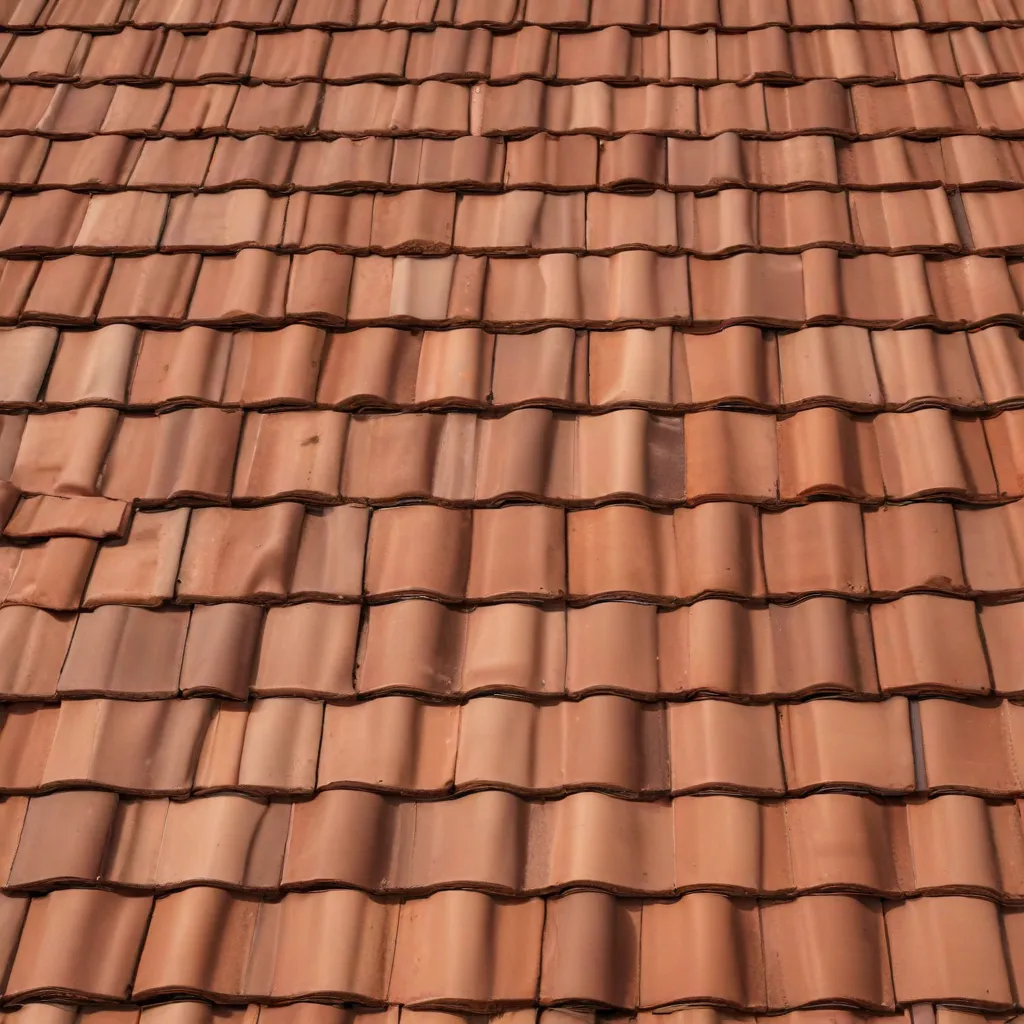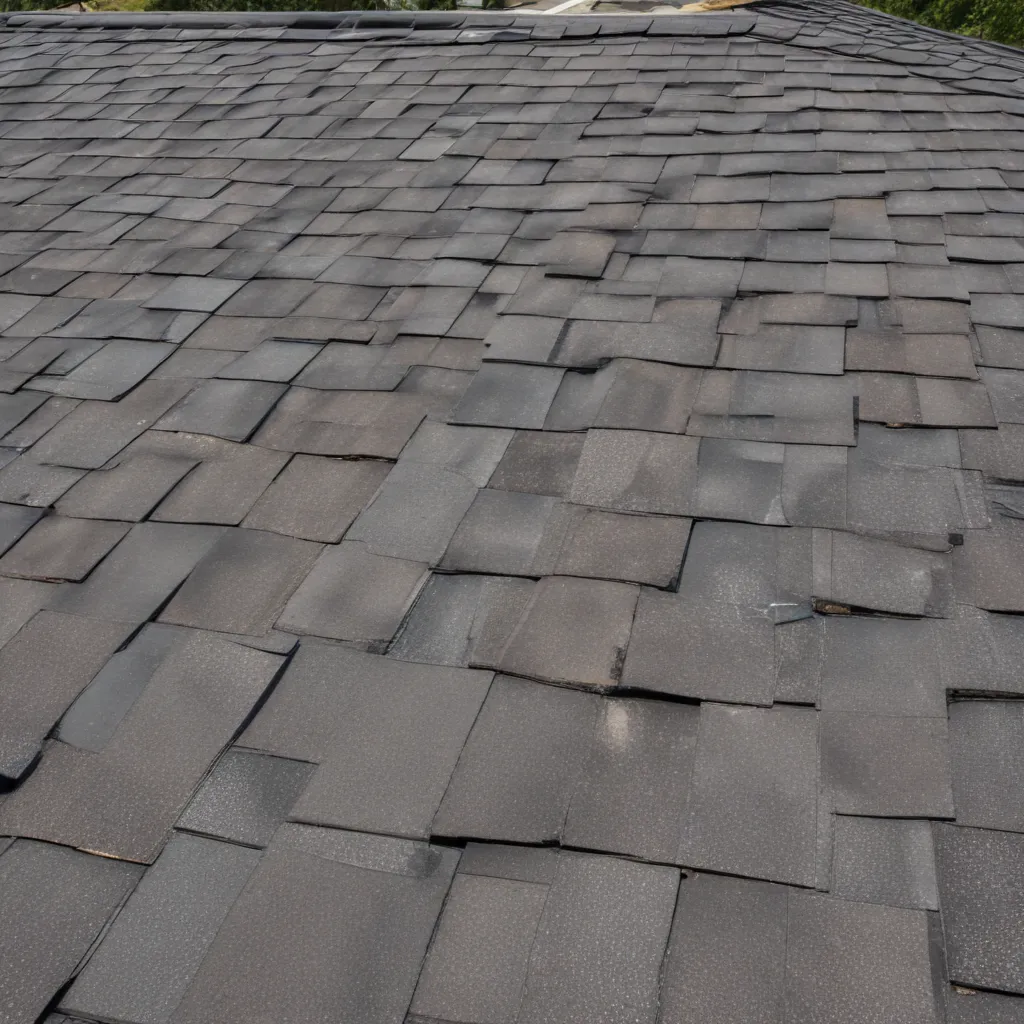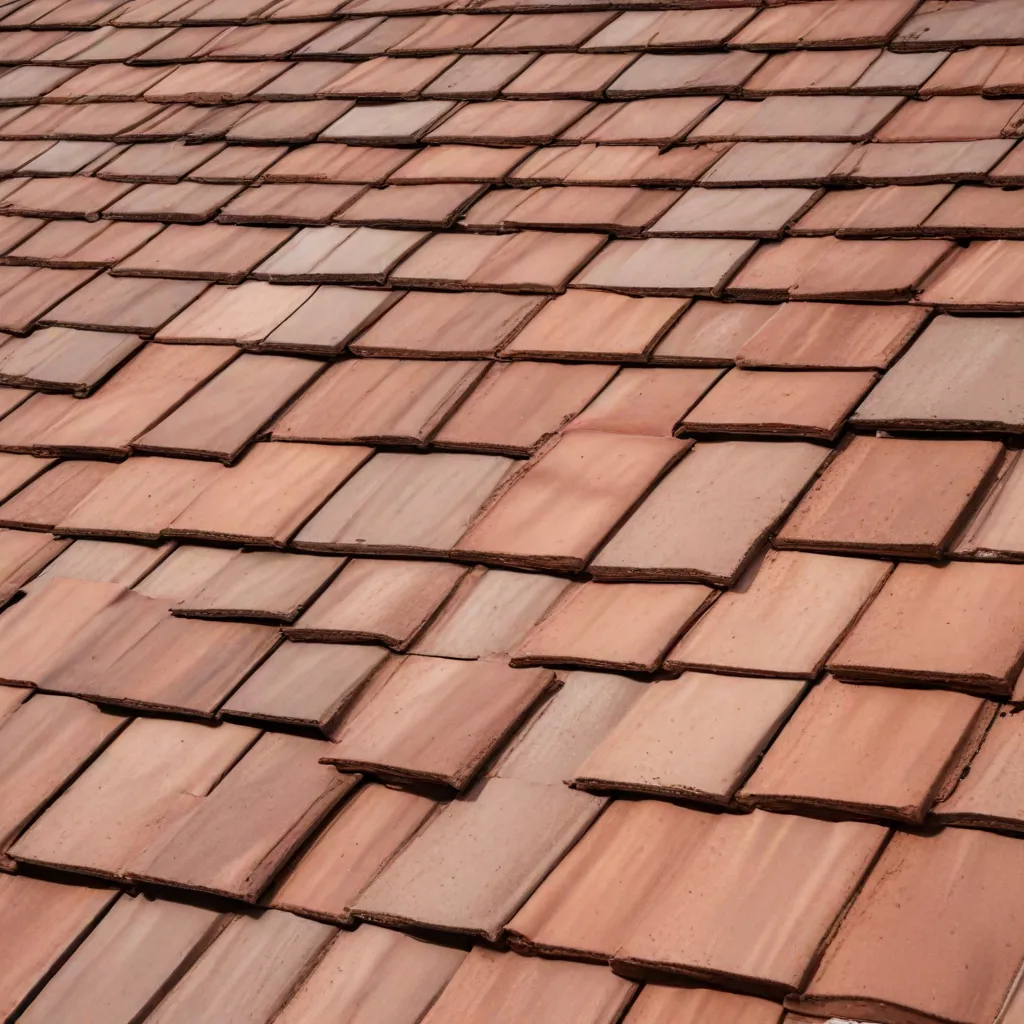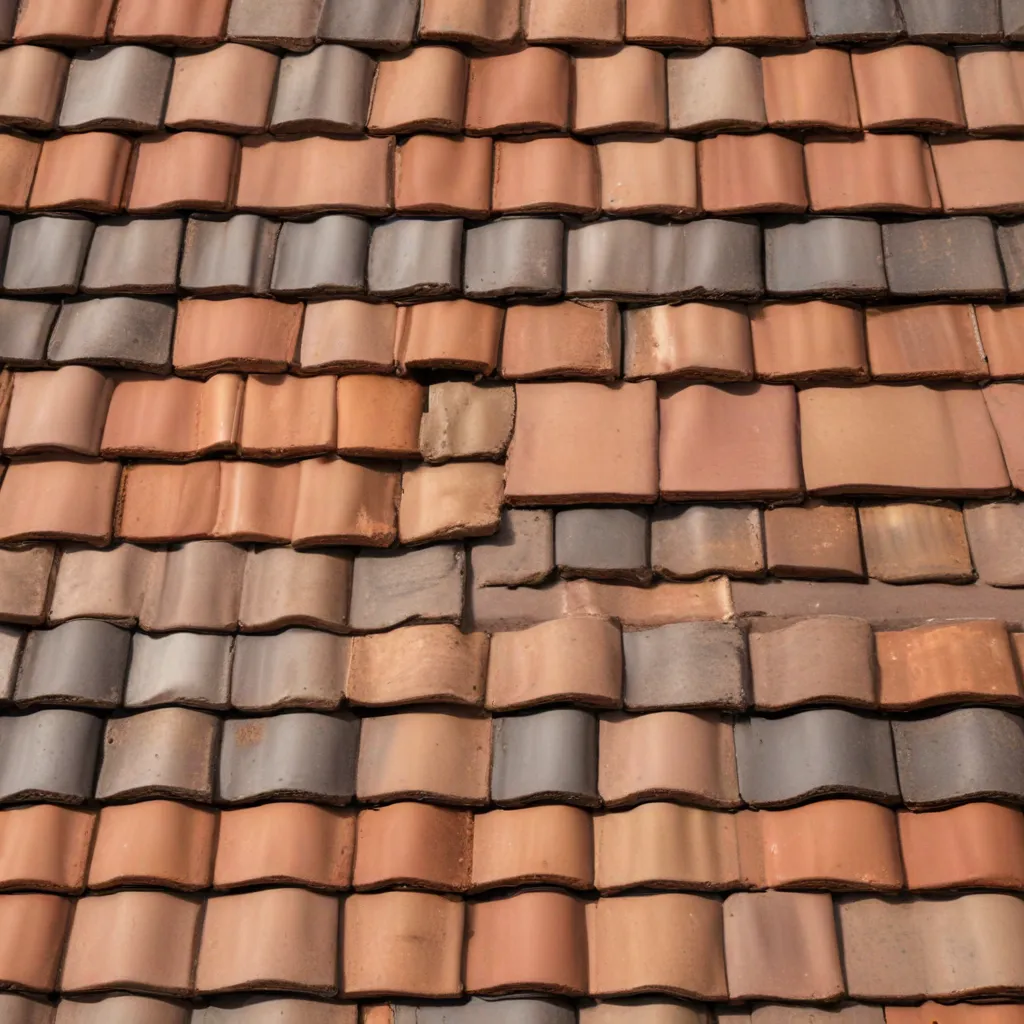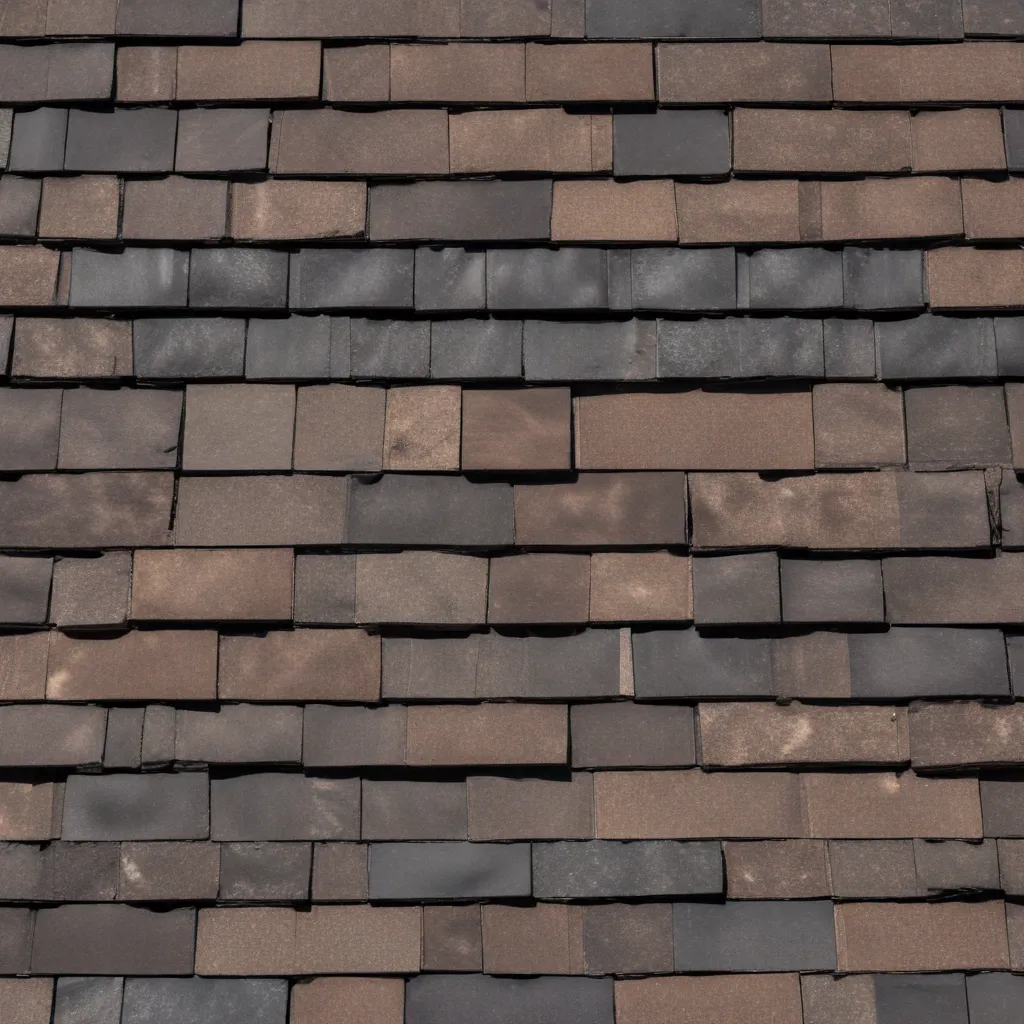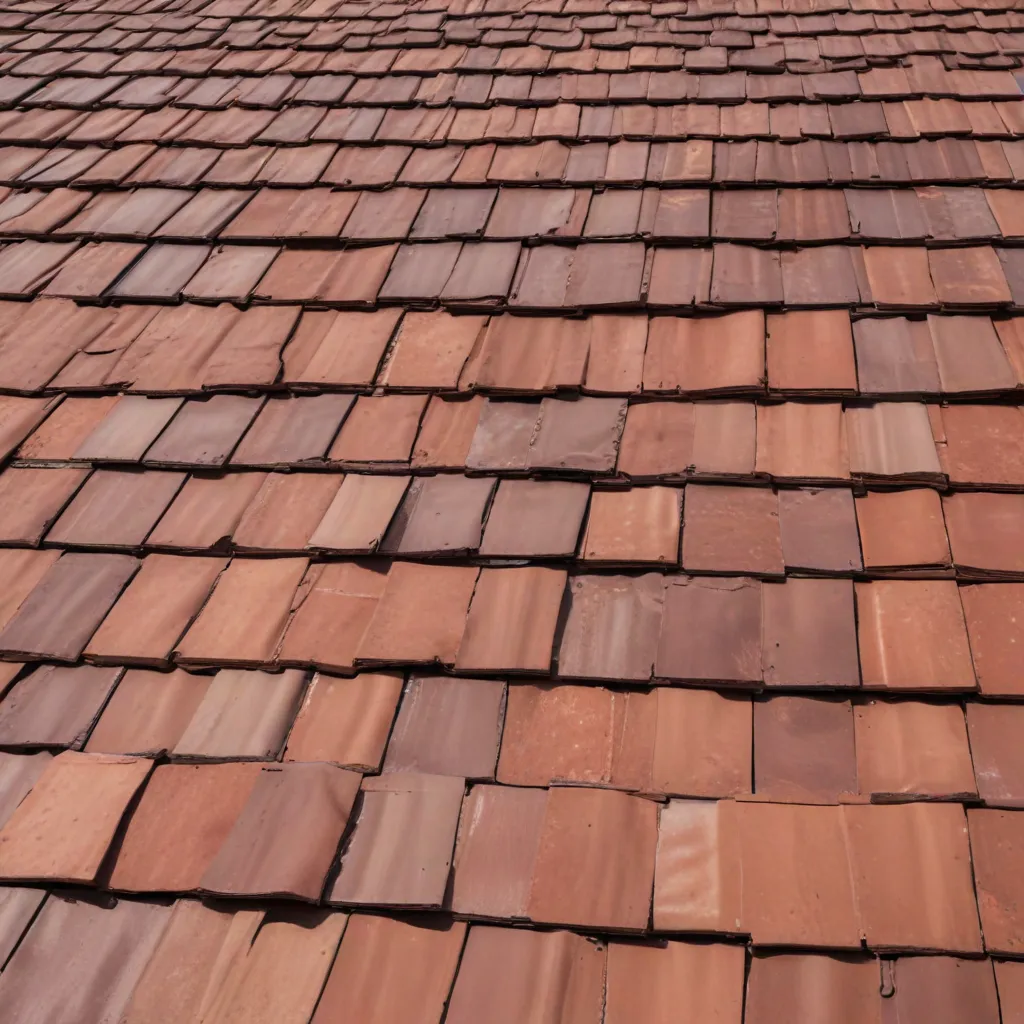
Underlayment Selection: Ensuring Optimal Roof Ventilation and Moisture Control
The roof is undoubtedly the crucial first line of defense for your home, shielding it from the elements. While the visible shingles or tiles provide the initial barrier against water intrusion, the underlayment – the layer beneath them – plays a vital role in safeguarding your property’s structural integrity and indoor comfort. Selecting the right underlayment is essential for maintaining proper roof ventilation and effectively managing moisture, two critical factors that can make or break a roof system’s long-term performance.
Ventilation Requirements
Proper roof ventilation is paramount for regulating indoor temperatures, reducing energy costs, and preventing moisture-related issues like mold, mildew, and rot. The underlayment you choose can significantly impact the airflow through your roof assembly.
Assessing Airflow Needs: The required level of ventilation depends on factors such as your home’s size, climate, and roof design. Homes in warmer, more humid regions generally need more extensive ventilation to prevent heat and moisture buildup, while cooler climates may require less. Additionally, the slope and orientation of your roof can influence airflow patterns.
Roof Design Factors: The type of roofing material – be it asphalt shingles, metal panels, or clay/concrete tiles – also plays a role. Tile and metal roofs, for example, often require more comprehensive ventilation systems to account for their unique profiles and the air gaps they create. Properly sizing ridge vents, soffit vents, and other ventilation components is crucial to ensure optimal airflow throughout the roof assembly.
Moisture Management
Controlling moisture intrusion is another critical function of the underlayment. Excess moisture can lead to a host of problems, from structural damage to indoor air quality issues.
Vapor Barriers and Permeability: The underlayment’s ability to act as a vapor barrier is essential. Highly permeable materials can allow moisture to pass through, potentially condensing within the roof assembly and causing problems. Conversely, impermeable underlayments can trap moisture, leading to mold and mildew growth. Striking the right balance between vapor permeability and moisture resistance is key.
Thermal Insulation Impacts: The type of insulation used in your roof assembly can also influence the underlayment’s moisture management capabilities. For example, spray foam insulation can create a closed, moisture-trapping environment if not properly integrated with the underlayment. Careful consideration of the entire roof system’s thermal and moisture dynamics is necessary to ensure long-term performance.
Underlayment Material Selection
With a solid understanding of your ventilation and moisture control needs, you can explore the various underlayment options available, each with its own set of advantages and considerations.
Synthetic Underlayments
Performance Characteristics: Synthetic underlayments, such as those made from polypropylene or polyethylene, have gained popularity in recent years. These materials offer enhanced water resistance, improved tear strength, and better walkability compared to traditional felt papers. Synthetic underlayments can also provide a secondary water-resistant barrier if the primary roofing material is compromised.
Installation Considerations: Synthetic underlayments are generally easier to work with, as they are lighter and more flexible than felt papers. This can make them faster and more efficient to install, particularly on complex roof designs. However, proper fastening and sealing of the seams are crucial to maintain the underlayment’s integrity and prevent moisture intrusion.
Felt Paper Underlayments
Traditional Options: Felt papers, also known as asphalt-saturated felts, have been a staple in the roofing industry for decades. These materials provide a reliable, cost-effective solution for moisture management, though they may not offer the same level of water resistance and durability as synthetic options.
Emerging Felt Alternatives: In recent years, advancements in felt paper technology have led to the development of enhanced felt underlayments. These products, often referred to as premium or advanced felts, incorporate additional features like reinforcing fibers, improved water-shedding properties, and increased tear resistance. These can serve as a middle ground between traditional felts and synthetic underlayments.
Installation Best Practices
Proper installation of the underlayment is crucial to ensure its effectiveness in safeguarding your roof system. Attention to detail during this process can make a significant difference in the long-term performance of your roof.
Proper Overlaps and Fastening
Seam Sealing Techniques: Ensuring adequate overlaps between underlayment courses is essential to create a continuous, water-resistant barrier. Synthetic underlayments often require specialized seam taping or sealants to achieve a secure, airtight connection. For felt papers, proper lapping and the use of cap nails or staples can help prevent moisture infiltration.
Fastener Type and Spacing: The choice of fasteners and their placement pattern can greatly impact the underlayment’s resistance to wind uplift and water intrusion. Manufacturers typically recommend the use of corrosion-resistant cap nails or staples with a minimum 1-inch diameter cap. Proper spacing, usually around 6 inches along the laps and 12 inches in the field, helps ensure a secure installation.
Accommodating Roof Penetrations
Flashing Integration: Roof penetrations, such as chimneys, vents, and skylights, require special attention to ensure proper flashing integration with the underlayment. This helps create a seamless, watertight transition and prevents moisture from seeping into the roof assembly.
Airtight Sealing: Carefully sealing around these penetrations with the appropriate sealants or tapes is crucial to maintain the overall airtightness of the roof system. This not only enhances moisture control but also contributes to improved energy efficiency by reducing air leaks.
Optimizing Long-Term Performance
The underlayment’s durability and longevity are crucial factors to consider, as they can impact the overall lifespan and maintenance requirements of your roof.
Underlayment Durability
Weathering Resistance: Synthetic underlayments are generally more resistant to UV exposure and weathering than traditional felt papers. This can be particularly important in regions with intense sunlight or harsh environmental conditions, where the underlayment may be exposed for extended periods before the installation of the primary roofing material.
Expected Lifespan: While felt papers typically have a shorter expected lifespan, some synthetic underlayments can last for decades when properly installed and maintained. Understanding the long-term performance of the underlayment you choose can help you make an informed decision that aligns with your roof’s projected service life.
Ensuring Code Compliance
Regional Building Regulations: Local building codes and regulations often specify the minimum requirements for roof underlayment, including material type, thickness, and installation methods. Consulting with your local building authorities or a roofing professional can ensure that your underlayment selection meets all applicable standards.
Warranty Specifications: Many roofing material manufacturers require the use of specific underlayment products to maintain their warranties. Thoroughly reviewing the warranty terms and selecting an underlayment that is approved by the roofing manufacturer can help safeguard your investment and provide additional peace of mind.
By carefully considering the ventilation requirements, moisture management needs, and long-term performance factors, you can make an informed decision when selecting the right underlayment for your roof system. This proactive approach will not only protect your home from the elements but also contribute to its overall energy efficiency and structural integrity for years to come.
Remember, the team at Genuine Roof Systems is always here to provide expert guidance and assistance in navigating the complexities of roofing underlayment selection and installation. Let us help you create a truly durable and high-performing roof that will stand the test of time.

